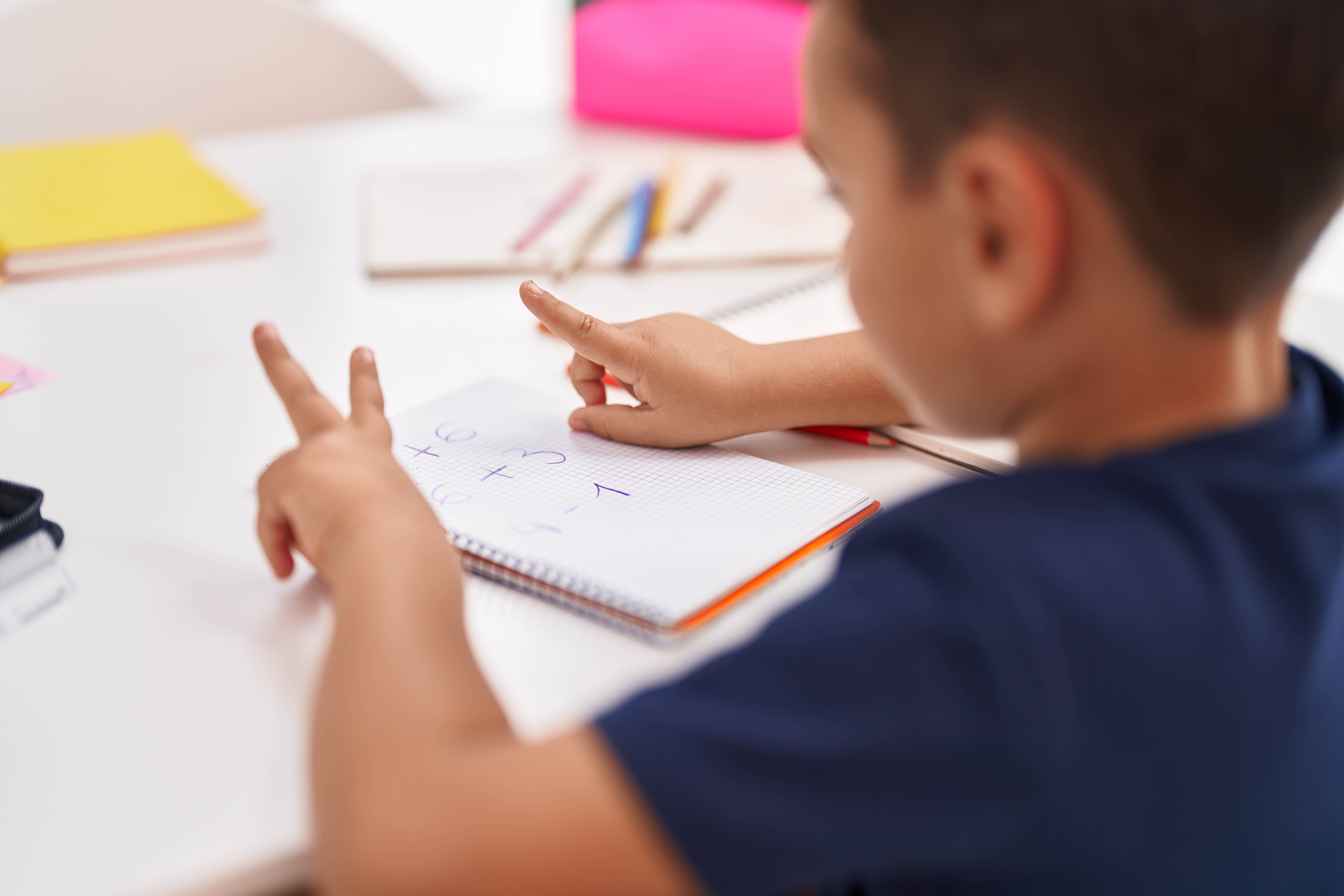
Learn to Count: Worksheets and Games for Children
Learning to count becomes child's play with our printable worksheets and fun activities: a step-by-step guide to progress easily at home or at school.
Learn to count with educational games
Learning to count is a key stage in the development of young children. Even before writing numbers, they discover quantities, logical sequences, and the idea of “more” or “less.” With simple activities, educational games, and clear worksheets, this discovery of numbers can happen naturally, while having fun.
At myBlee Math, we support families and teachers in this learning journey, with resources designed for children in preschool and grade school. At school or at home, everything is designed to make counting a shared joy.
Understanding the first steps to learning to count
Between ages three and five, children explore their environment and begin to make sense of the numbers they see around them. They recognize shapes, imitate adults counting, observe quantities, and gradually try to name them. This is a crucial time for laying the foundation of mathematical reasoning.
Learning to count isn’t just about reciting numbers in order. It also involves understanding what they represent, linking a digit to a quantity, and then comparing and handling these elements in real-life situations. That’s why our teaching materials offer varied activities involving observation, logic, and manipulation.
Educational games to make counting fun
For a child, play is a powerful driver of learning. Playing with numbers makes memorizing them more intuitive. That’s why we include many educational games in our approach.
For example, a hide-and-seek game with numbers encourages children to search for them in order. Using playdough to form numbers stimulates visual memory and fine motor skills. Board games with cards or dice also allow handling quantities in a fun context.
Printable worksheets to learn numbers easily
Our printable worksheets are designed to guide children step-by-step. They help associate a number with an image, complete a number sequence, or trace number shapes. These exercises encourage focus while reinforcing knowledge. They can be used independently, with a parent, or by a teacher in class.
Each worksheet is progressive and adapts to the child’s level. Some focus on numbers up to 5, others up to 10, then 20. At each stage, children find visual cues, simple instructions, and encouragement to continue. This helps build a positive relationship with math.
Frequently asked questions about learning to count
Learning to count is one of the first major math challenges. It’s a step that often raises questions: what age to start, how to help your child progress, which methods to use? Counting is not just about reciting numbers; it also involves understanding quantities and using them daily. Here are clear answers to common questions about this fundamental learning process.
How can I learn to count easily?
A child learns to count easily with patient guidance and a variety of activities. By offering simple games, using worksheets suited to their level, and repeating learning in everyday life, they progress naturally.
What are the 5 principles of learning to count?
To learn to count, it's important to recognize numbers, understand number order, link digits to quantities, compare sets, and use numbers in real situations. These principles are central to the activities offered by myBlee Math.
At what age do you learn to count?
From age three, children begin to take interest in numbers. In grade n (middle preschool), they count up to 5 or 10. In grade n (final preschool), they often reach 20. But each child develops at their own pace, and the key is to support them without pressure.
What age is typical for counting to 20?
Most children can count to 20 around age 5 or 6, by the end of grade n (final preschool) or beginning of grade n (first elementary). Some get there earlier, others take more time. What matters most is strengthening the basics before moving on.